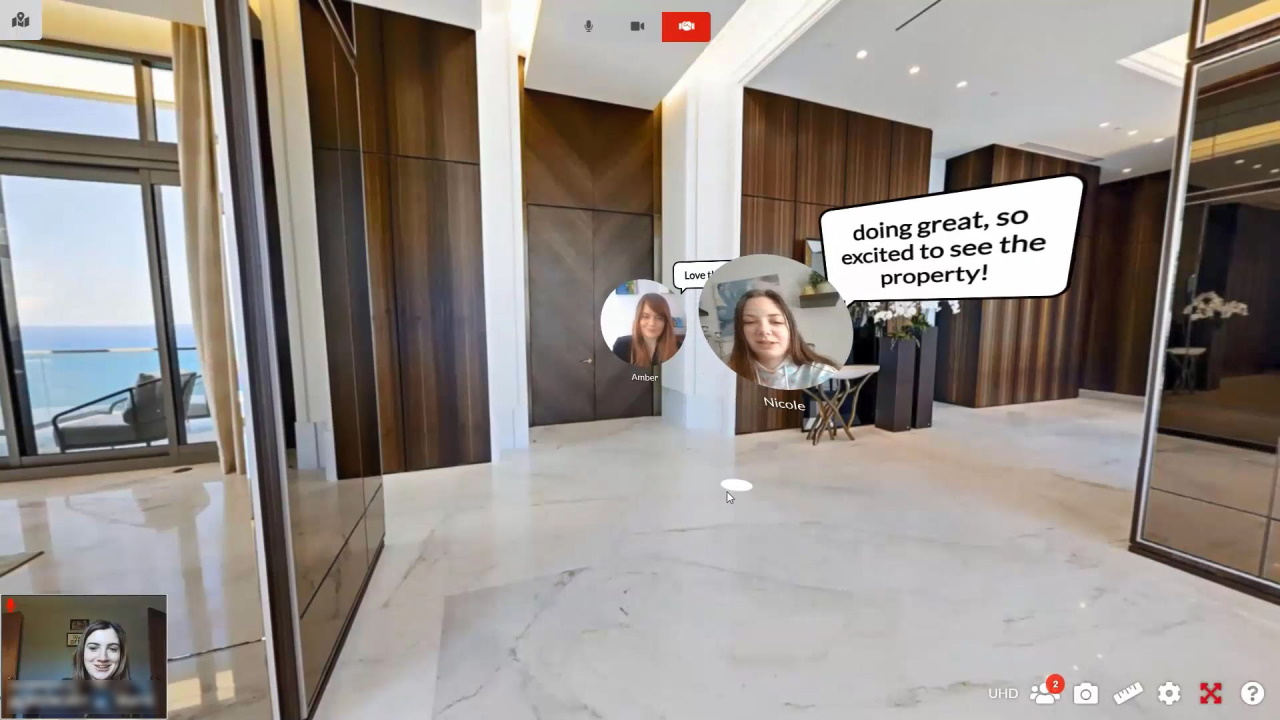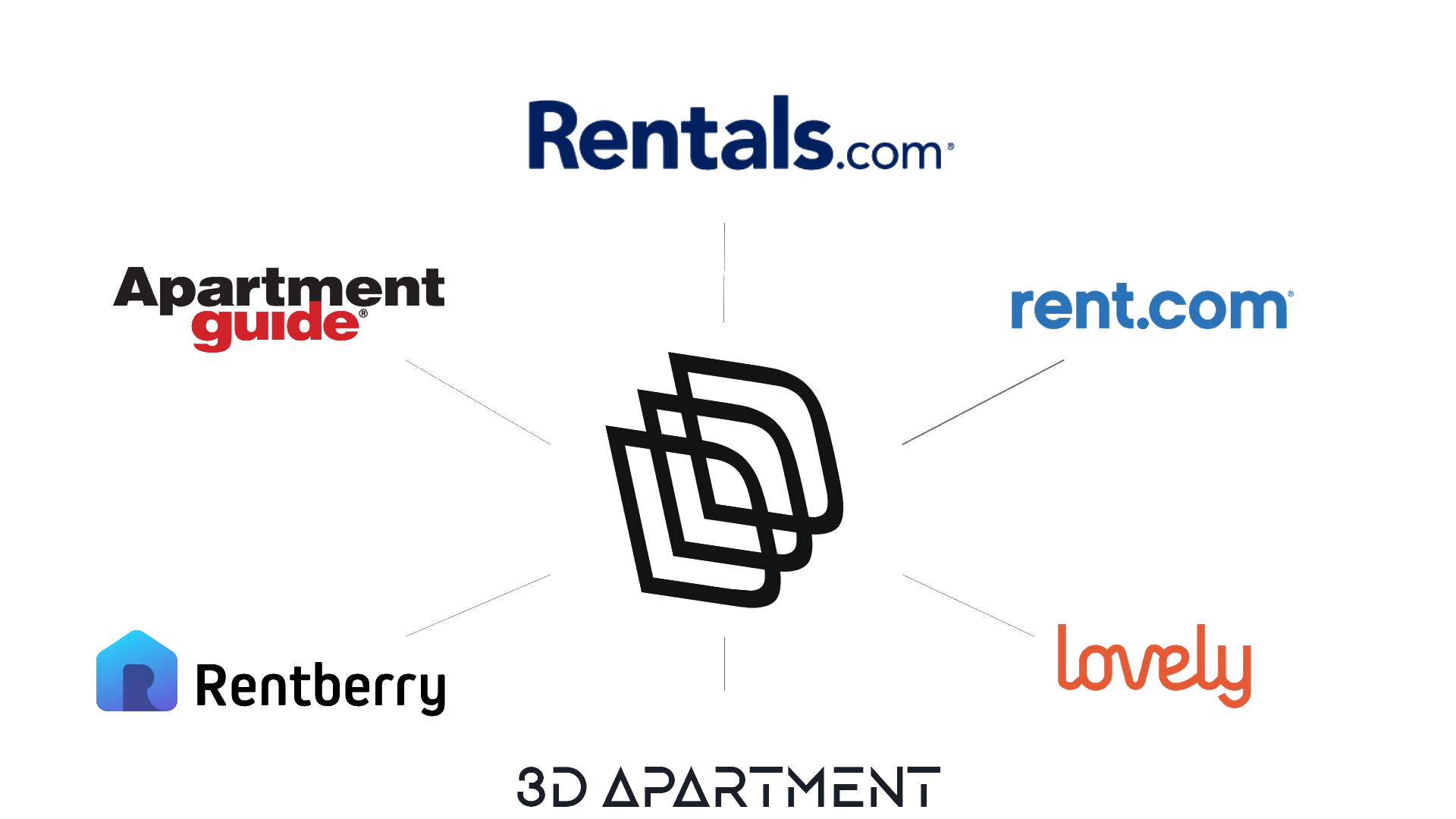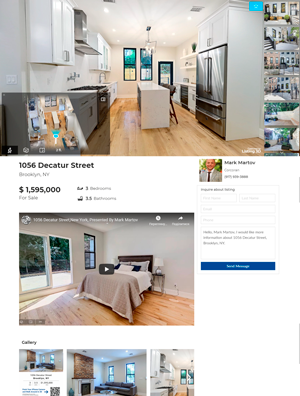The Perfect Storm: Economic Uncertainty, Mortgage Rates, and a Tight Real Estate Market

Introduction
The real estate market is facing a confluence of challenges that threaten to reshape both the buying and selling landscape. Economic uncertainty, cooling labor market conditions, lower-than-expected consumer expenditures, falling mortgage rates, and tightened lending standards have combined to create a complex environment. In this article, we will critically evaluate each of these factors and explain how they impact the real estate market for both buyers and sellers. We will also consider economic trends such as supply and demand dynamics, interest rates, and lending standards when analyzing these factors.
Economic Uncertainty and Cooling Labor Market Conditions
The ongoing economic uncertainty and cooling labor market conditions have caused a slowdown in the real estate market. A recession probability of over 75% for Q3-2023 indicates that the economy is likely to face significant headwinds in the near future. This economic downturn will inevitably impact consumer spending and overall confidence, leading to reduced demand for housing. In such an environment, potential buyers may be more cautious and postpone their home purchase decisions, further dampening the demand for residential properties.
Mortgage Rates and Consumer Expenditures
Mortgage rates, currently at their lowest level in two months, provide a potential lifeline for some buyers. However, lower rates and price declines in some markets do not necessarily translate to increased buying activity. Despite recent drops, rates remain higher than they were a year ago, with the average rate on a 30-year fixed-rate mortgage at 4.72%. This increase in rates adds nearly $500 to the monthly payment on the median-priced home, significantly impacting affordability for potential buyers.
Low Inventory and Seller’s Market Dynamics
Low inventory continues to be a significant hurdle for potential buyers. With fewer new listings coming onto the market, buyers face intense competition for available properties. In this tight inventory environment, sellers in most markets retain the upper hand, as they can command higher prices for their properties due to limited supply. This situation is further exacerbated by demographic trends, such as millennials entering the market and seeking to purchase their first homes, placing even more pressure on the already strained inventory.
Tightening Lending Requirements
Recent banking crises have made financial institutions wary, resulting in more stringent lending requirements. Borrowers with less-than-excellent credit may face additional challenges in securing a mortgage as banks exercise greater caution to mitigate potential risks. This tightening of lending standards will further constrain the pool of eligible buyers, ultimately contributing to a slowdown in the real estate market.
The Impact on Buyers and Sellers
The current real estate environment presents challenges for both buyers and sellers. Buyers face high competition for limited inventory, elevated mortgage rates, and potential difficulties in obtaining financing due to tighter lending standards. This challenging landscape may deter potential buyers, resulting in decreased demand for housing.
On the other hand, sellers face a conundrum as well. While low inventory and high demand can lead to favorable selling conditions, economic uncertainty and the potential for an impending recession may make it difficult to find buyers willing to pay a premium for properties. This could result in a slower market and increased pressure on sellers to lower their asking prices to attract buyers.
Conclusion
In conclusion, the real estate market is currently navigating a perfect storm of economic uncertainty, cooling labor market conditions, lower-than-expected consumer expenditures, falling mortgage rates, and tightened lending standards. This volatile environment poses significant challenges for both buyers and sellers. While it is difficult to predict the long-term impact of these factors, it is clear that the real estate market is experiencing a period of turbulence that may take time to resolve.
Transitioning from understanding the current challenges facing the real estate market, it is essential for real estate agents to adapt their strategies to navigate a slow recession and low inventory housing market successfully. By implementing innovative techniques and maintaining strong client relationships, agents can thrive despite these market fluctuations and continue to provide exceptional service to their clients.
Navigating a Slow Recession and Low Inventory in the Housing Market: Strategies for Real Estate Agents
Enhance Your Online Presence:
In today’s digital age, having a strong online presence is crucial. Utilize social media platforms, such as Facebook, Instagram, LinkedIn, and Twitter, to share listings, market updates, and engaging content that demonstrates your expertise. Maintain a professional website with high-quality photos, property descriptions, and relevant resources for both buyers and sellers. This will help you attract potential clients and keep them informed about the current market conditions.
Leverage Virtual Tours and Digital Showings:
Given the limited inventory, making every listing stand out is essential. Offer virtual tours and digital showings to provide a comprehensive view of properties while catering to the comfort and convenience of potential buyers. Invest in high-quality video production and 3D walkthroughs to create an immersive experience that showcases the property’s unique features and helps buyers make an informed decision.
Explore Alternative Financing Options:
With tightened lending standards during a slow recession, some potential buyers may face challenges securing traditional mortgages. As a real estate agent, be prepared to discuss alternative financing options, such as seller financing, lease-to-own agreements, or private lending. Familiarize yourself with these options and their benefits and drawbacks, so you can effectively guide your clients toward a solution that best suits their needs.
Maintain Open Communication and Nurture Relationships:
Building and maintaining strong relationships with clients is critical during challenging times. Keep the lines of communication open and provide regular updates on the market conditions, new listings, and any changes in mortgage rates or financing options. Be empathetic, understanding, and responsive to your clients’ concerns and questions.
Collaborate with Other Agents:
In a low inventory market, collaboration with other agents can be beneficial. Networking and sharing information about off-market or upcoming listings can help expand the pool of available properties for your clients. Additionally, partnering with agents who specialize in different property types or neighborhoods can help you better serve your clients’ diverse needs.
Focus on Education and Professional Development:
Take advantage of slow periods to invest in your professional development. Attend webinars, conferences, or workshops to stay informed about the latest market trends, marketing techniques, and real estate regulations. Enhance your skills and knowledge, so you can better serve your clients and navigate the challenges of a slow recession and low inventory market.
Real estate agents can face difficulties in a low inventory market, but there are strategies they can employ to succeed. It’s important to stay up-to-date on the market, prioritize listings, work with buyers, build relationships with other agents, be innovative with financing options and use cutting-edge technologies to stand out during the listing presentation, and focus on cultivating long-term relationships with clients. By implementing these tactics, agents can thrive even in challenging market conditions. Overwhelmed and looking for some help? Listing3D has got you covered. Schedule a demo with us.
Additional Services
Take Your Marketing Even Further






Additional Features at no cost
Part of any package












